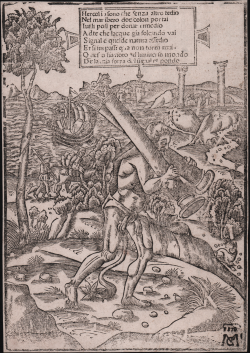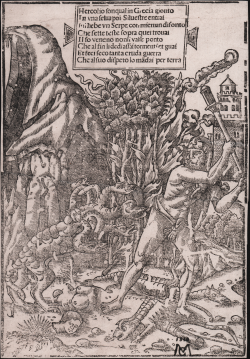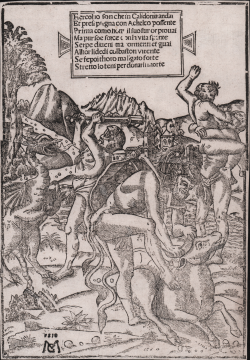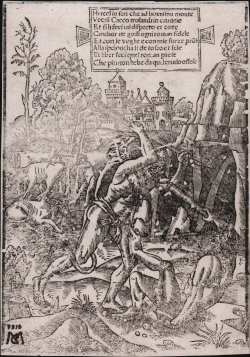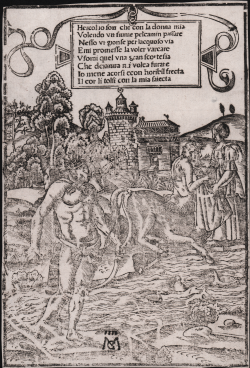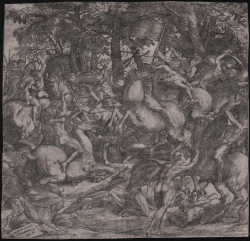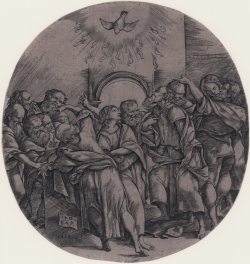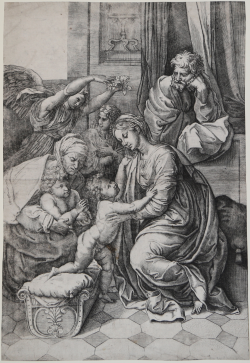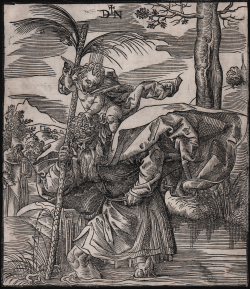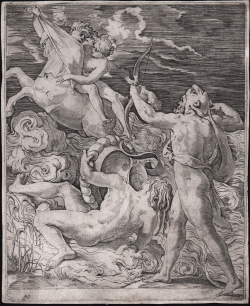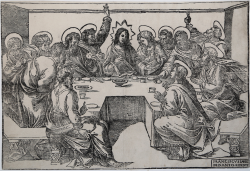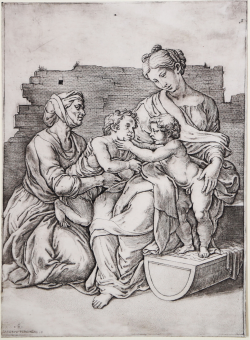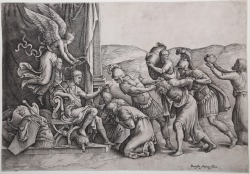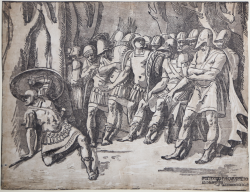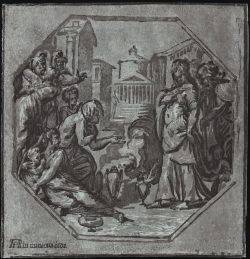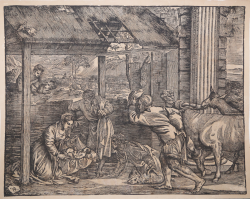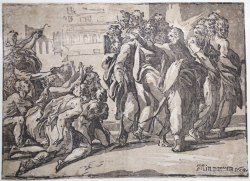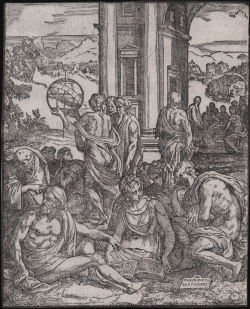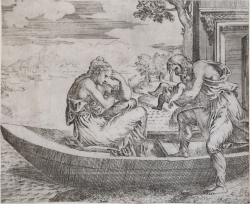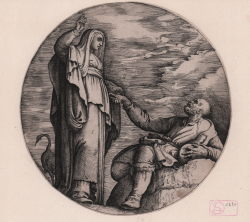The Holy Family of King Francis I
Gian Jacopo CARAGLIO
Code:
S30168
Measures:
425 x 287 mm
Year:
1520 ca.
Virgin and Child, St. John and St. Elizabeth
Gian Jacopo CARAGLIO
Code:
S30168
Measures:
220 x 305 mm
Year:
1535 ca.
The Clemency of Scipio or Scipio Granting Clemency to the Prisoners
Giovanni Battista FRANCO
Code:
S39830
Measures:
375 x 261 mm
Year:
1540 ca.
The Death of Ajax
Niccolò ROSSIGLIANI detto "Il Vicentino"
Code:
S32028
Measures:
411 x 315 mm
Year:
1540 ca.
Honors Rendered at Psyche
Niccolò ROSSIGLIANI detto "Il Vicentino"
Code:
S39486
Measures:
260 x 270 mm
Year:
1540 ca.
Christ Healing the Lepers
Niccolò ROSSIGLIANI detto "Il Vicentino"
Code:
S30950
Measures:
417 x 302 mm
Year:
1540 ca.
Aerisius abandons Daphne and Perseus in the Aegean Sea
Battista ANGOLO del Moro
Code:
S10411
Measures:
210 x 174 mm
Year:
1550 ca.
Religion consoles a poor old man
Giovanni Battista FRANCO
Code:
S10237
Measures:
190 x 190 mm
Year:
1550 ca.

